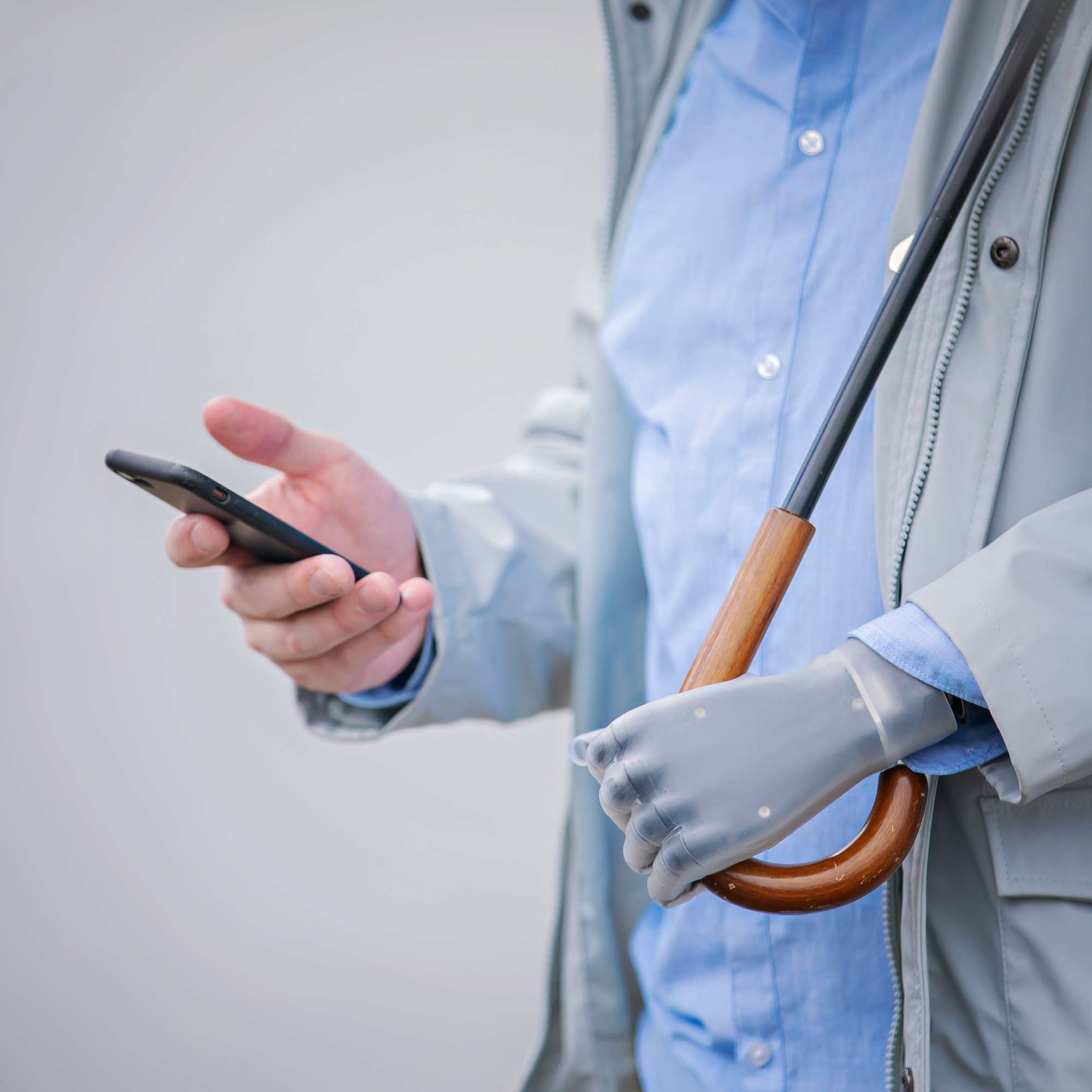How to use QR codes
1. Open App
Using a compatible mobile device,* open the my i-limb or biosim app.
2. Scan QR Code
Scan a QR code from the library below.
3. Save to Access Anytime
Save to app and the my grip can now be accessed at any time
Typing/alternative option
Alternative position for typing, with inactive fingers adopting an extended position. Index finger is perflexed and remains active. All other digits are inactive.
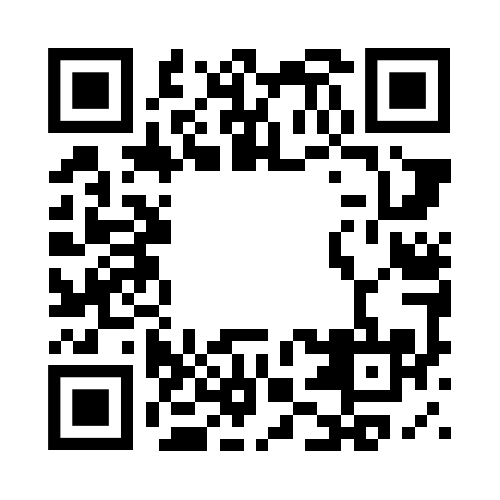
Use iPhone
Many individuals can comfortably hold their phone with their prosthesis without a my grip. However, for individuals concerned about dropping their phone, setting up a grip that stops the digits from reopening after gripping can improve confidence. When entering this grip the thumb will first move to the correct position. The phone should be placed in the hand to match the angle of the thumb. The close signal will then lock the hand around the phone and not re-open until the individual exits the grip.
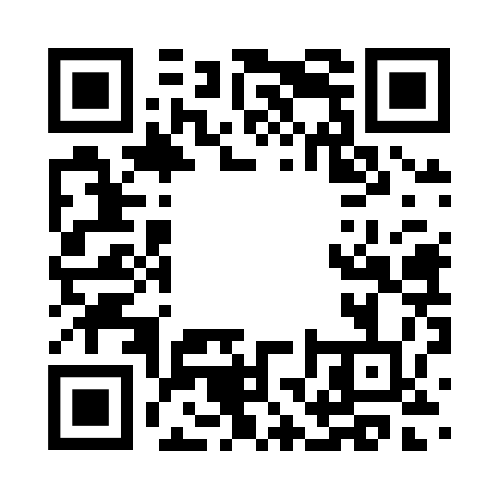
Use smartphone
Thumb rotates to mid-way position and all fingers remain fully extended in ‘ready position’. Upon signal, little finger fully flexes and switches off to allow mobile phone to rest on. Index, middle, and ring fingers flex to conform around object and switch off. Thumb remains active to complete the grip on the mobile phone.
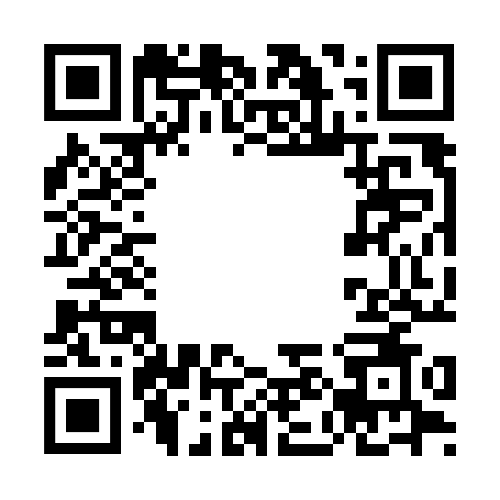
Use small tablet computer/e-reader
Thumb rotates to partial opposition and remains fully extended in ‘ready position’. Index to little fingers remain fully extended and off. Upon signal, thumb remains active to press down on side of device as not in full opposition.
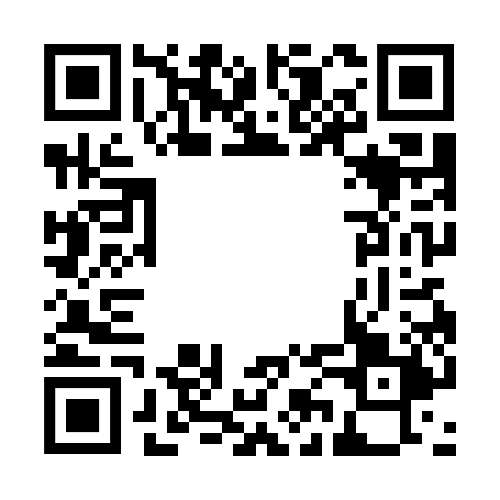
Use large tablet computer
Thumb rotates to fully lateral and open position and switches off, and all fingers remain fully extended in ‘ready position.’ Upon signal, index to little fingers fully flex. This allows larger tablets or clipboards to be held along the forearm, bringing the weight closer to the body and providing a more stable position supported by the thumb, fingertips of four fingers, the palm of the hand, and the forearm.

Use mug
This grip can be used by an individual that is nervous about drinking their coffee with their i-limb revolution hand. The grip is made for a coffee cup with a handle. The grip first moves the thumb to the correct position to go into the handle, and then with a close signal it locks the remaining digits in place. The index, middle, ring, and small fingers will no longer move and only the thumb will open. Even with a small accidental open signal when bringing the cup to the mouth, the cup will just slip slightly but be caught by the thumb on the handle and the unmoving fingers.
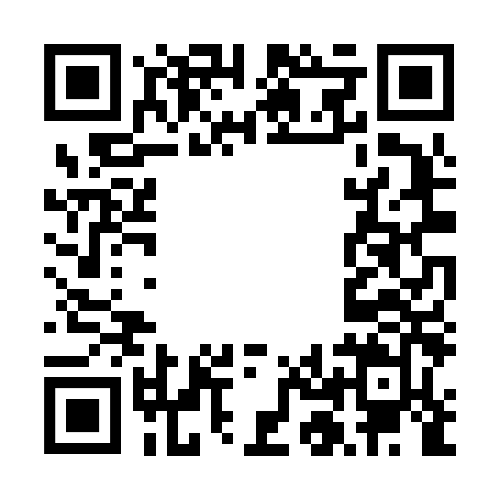
Use utensil
Most unilaterally involved users can place the fork, or knife into their hand without requiring a my grip. However, for some bilaterally involved users it can be challenging to pre-position for this task. The utensil grip begins by fully closing the middle, ring and small digits with the first close signal after entering the mode. The thumb and index digits partially close. The user can then align the fork or knife as appropriate to cut their food.
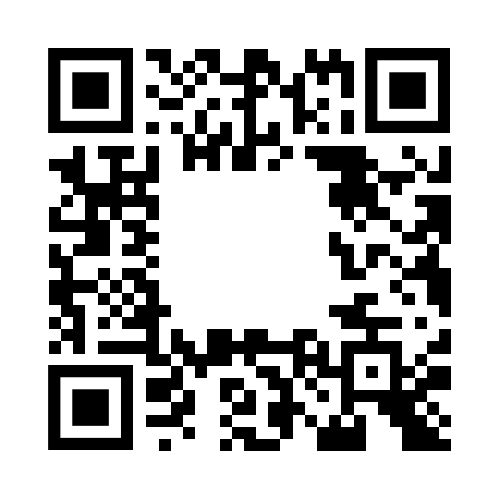
Use plate
Many individuals use a lateral pinch to stabilize their plate. For heavier plates, some individuals prefer to have the index finger extended under the plate for better stabilization.

Peel round fruit/vegetable
Thumb rotates to mid-way position and all fingers remain fully extended in ‘ready position’. Upon signal, ring and little finger fully flex and switch off to allow fruit/vegetable to rest on. Thumb, index, and middle fingers flex to conform around object and remain active to reposition as required.
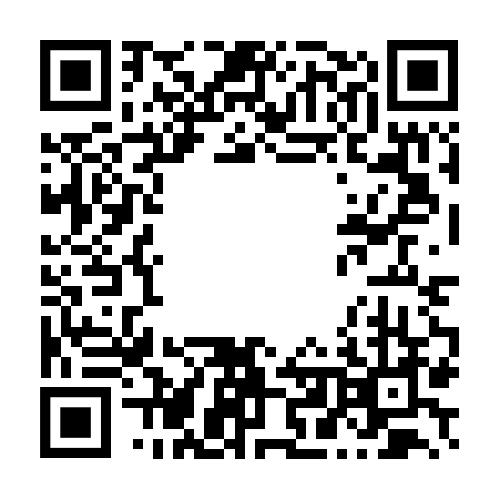
Hold drink (safety hold)
Thumb rotates to opposition and all fingers remain fully extended in ‘ready position’. Upon closing signal, little finger closes fully and switches off to provide support for the vessel from below. The remaining fingers are active to grip the object.

Hold mug (thumb hold)
Thumb rotates into opposition and all fingers remain fully extended in ‘ready state’. Upon signal, thumb partially flexes and switches off. Index to little fingers also partially flex and remain active to release cup when required. If accidental signal is sent the cup will remain on the thumb, and if fully opened the cup will tilt away from the wearer.
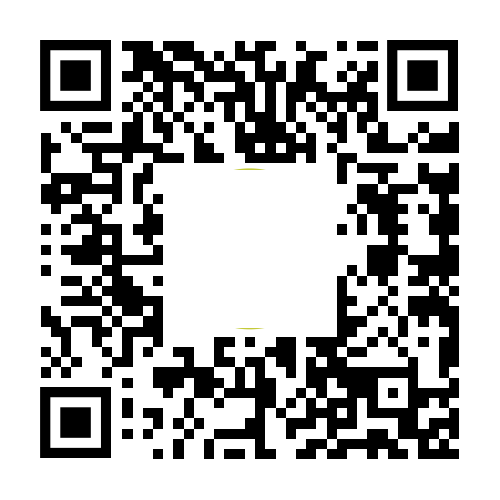
Hold chopsticks
Grip which can be helpful for using chopsticks. An elastic band is required to secure one chopstick to the index finger. The chopsticks are held by the thumb in a lateral position. With the active index finger allowing one chopstick to move against the other which is held in a fixed position.
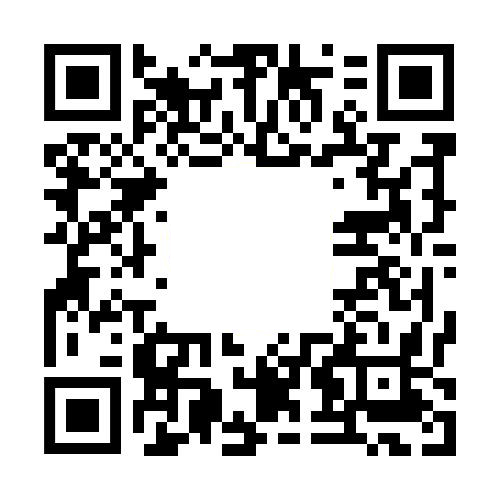
Use drill tool
This is an example of a custom my grip being used to operate a tool. Using the Two finger trigger grip on a small device like this results in the thumb stopping the index and middle digits from pulling the trigger. The custom version puts the thumb in a better position to stabilize this tool needed for work.
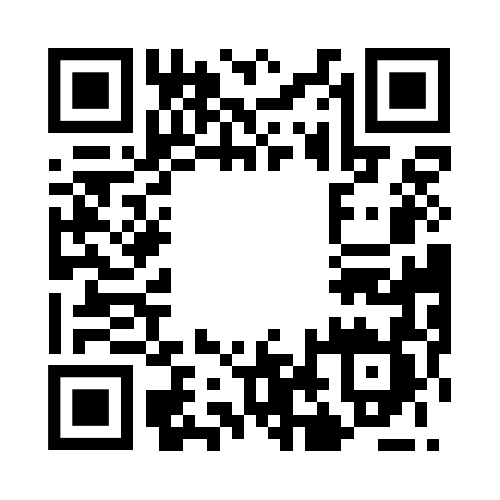
Open pill bottle
For smaller sized containers such as pill bottles, the thumb moves to a position to allow a tight grip on the container and the small digit closes and remains inactive to act as a platform under the bottle. The other digits remain active to allow for re-positioning as needed.
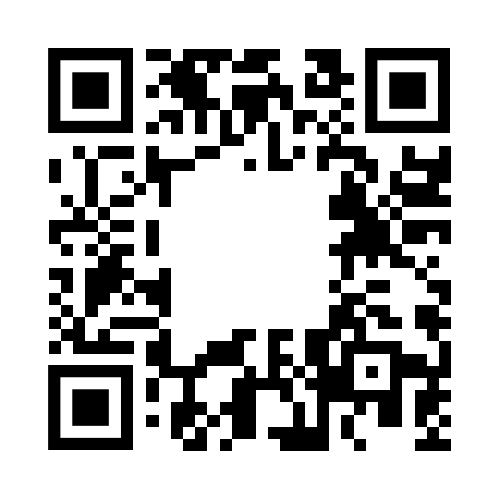
Hold choir book
This position was created to hold and stabilize the choir book while allowing the thumb to still open and close when turning the pages.
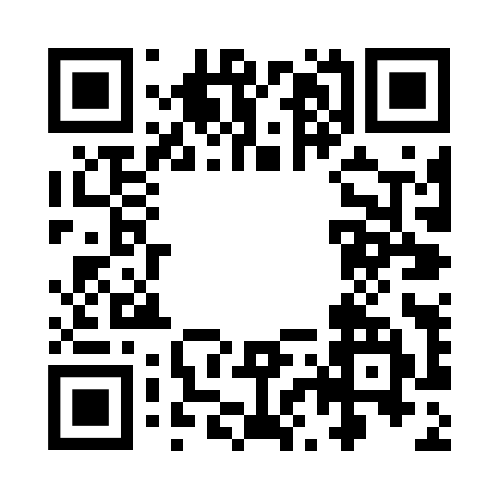
Wallet
Thumb rotates to opposition and all fingers remain fully extended in ‘ready position’. Upon signal, all digits flex to leave a gap between thumb and fingers large enough to support wallet without pinching between thumb and fingers. Only thumb remains active to allow grip on wallet to be adjusted as required.
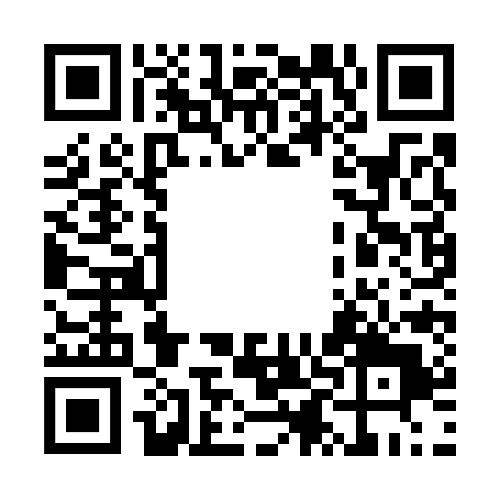
Cradle/support grip
Thumb rotates to a partial lateral position and all fingers remain fully extended in ‘ready position’. Upon signal, thumb flexes and switches off to provide support to the handle. Index to little fingers flex and remain active to allow handles to be cradled without the prosthesis being fixed to the handle.

Hook grip
Thumb rotates to lateral position and all fingers remain fully extended in ‘ready position’. Upon signal, thumb fully flexes and switches off to remain out of the way. Index to little fingers flex to form hook grip and remain active to release object when required.
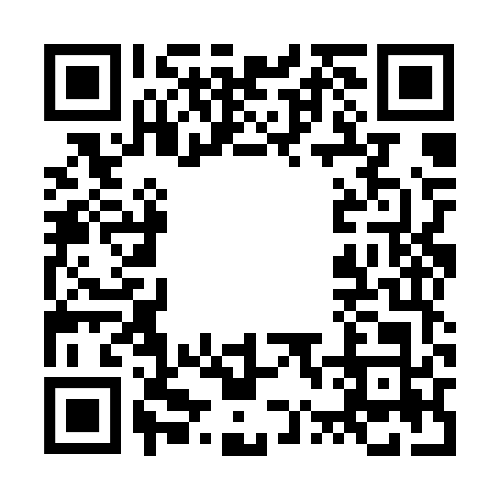
Cylindrical thin object
Thumb rotates to a partial lateral position and all fingers remain fully extended in ‘ready position’. Upon signal, all digits remain active to make cylindrical grip on objects of narrow circumference

Cylindrical thick object
Thumb rotates to partial opposition and all fingers remain fully extended in ‘ready position’. Upon signal, all digits remain active to make cylindrical grip on objects of wider circumference.
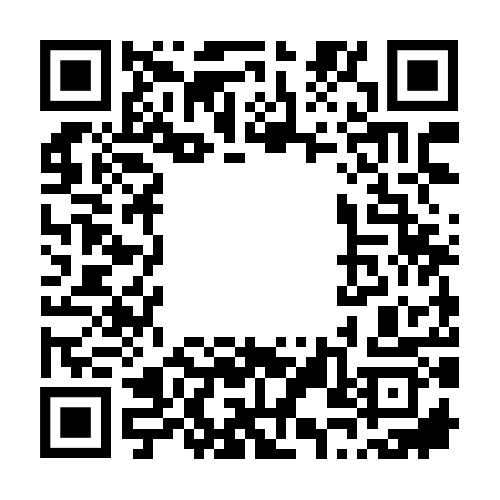
*my i-limb and biosim mobile control apps are available on the Apple® App store for download and compatible with iPhone® (4s or newer), iPad® (4th generation or newer), iPad® mini, iPod (5 or newer).
